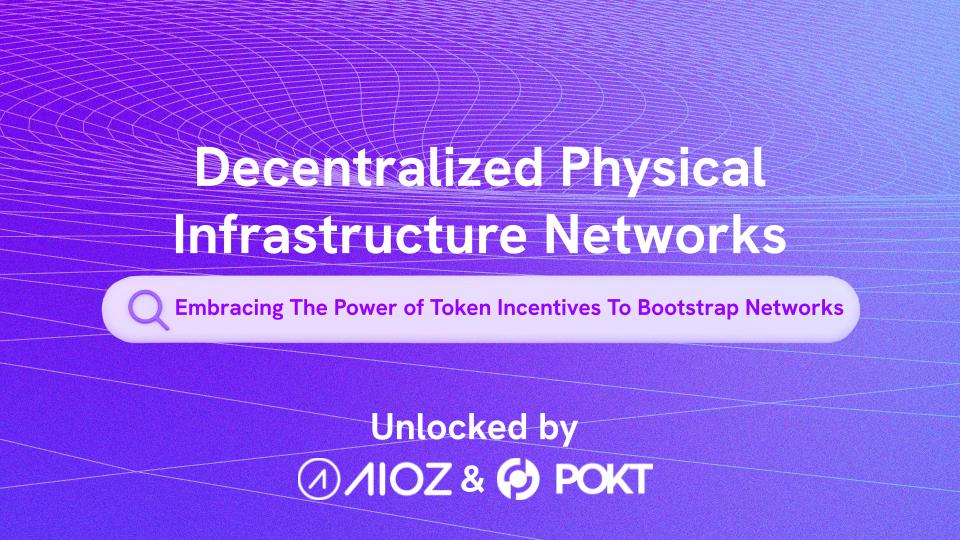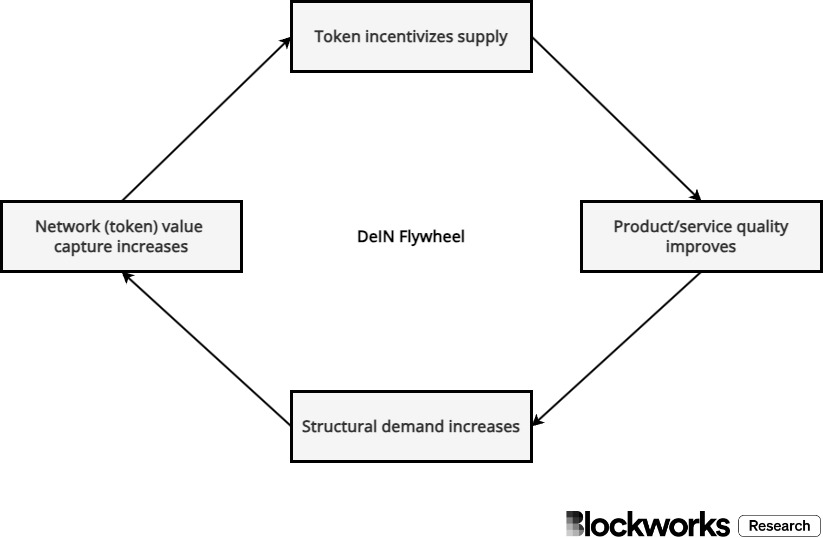1/ ArbitrumDAO governance has reached a critical juncture with three new proposals that could significantly shape the DAO's future:
- ARB staking
- New transaction ordering policy
- Increasing the base gas fee
What is Blockworks' research perspective on these proposals? A 🧵
- ARB staking
- New transaction ordering policy
- Increasing the base gas fee
What is Blockworks' research perspective on these proposals? A 🧵
2/ It's important to understand the gravity of these proposals. Staking would allocate 50% of surplus sequencer fees to ARB stakers. In the post, it is assumed that with 12,000 ETH accrued annually, and ARB at $1, the reward rate for staking would be around 7%.
3/ The point of the staking proposal is to align incentives and increase voter participation, which has been declining. 

4/ While this proposal is novel, and could provide some alignment to stakeholders, it fails to take into account that the Dencun upgrade from earlier this year decreased the surplus fees to 8,000 ETH per year, and this estimate is liberal.
5/ The second proposal refers to Timeboost, Arbitrum's new transaction ordering policy. This policy would capture fees from MEV searcher auctions racing for transaction inclusion. The primary contention is whether Arbitrum DAO should collect ETH or burn ARB.
6/ In our view, if the DAO is to pursue an ARB burn in tandem with staking, there could be some benefit; however, the DAO treasury is lacking diversity and recently used half of its ETH to bootstrap fraudproof security. Collecting ETH and its potential yield is crucial.
7/ Finally, the last proposal seeks to increase sequencer revenue by raising the gas fee on the network. The proposal claims that the base fee can change within a threshold that ranges between .01 gwei and .1 gwei. 

8/ Our view: Arbitrum is competitive with other L2s by the fact that it is a very cheap network for users. It is unknown how much activity would migrate per a gas increase, and this should be subject to a study on the elasticity of certain actors and parties within the network.
9/9 If you want to read more about the proposals, or our full view, check out @0xMims' Flashnote on Arbitrum!
app.blockworksresearch.com/flashnotes/fla…
app.blockworksresearch.com/flashnotes/fla…
• • •
Missing some Tweet in this thread? You can try to
force a refresh










